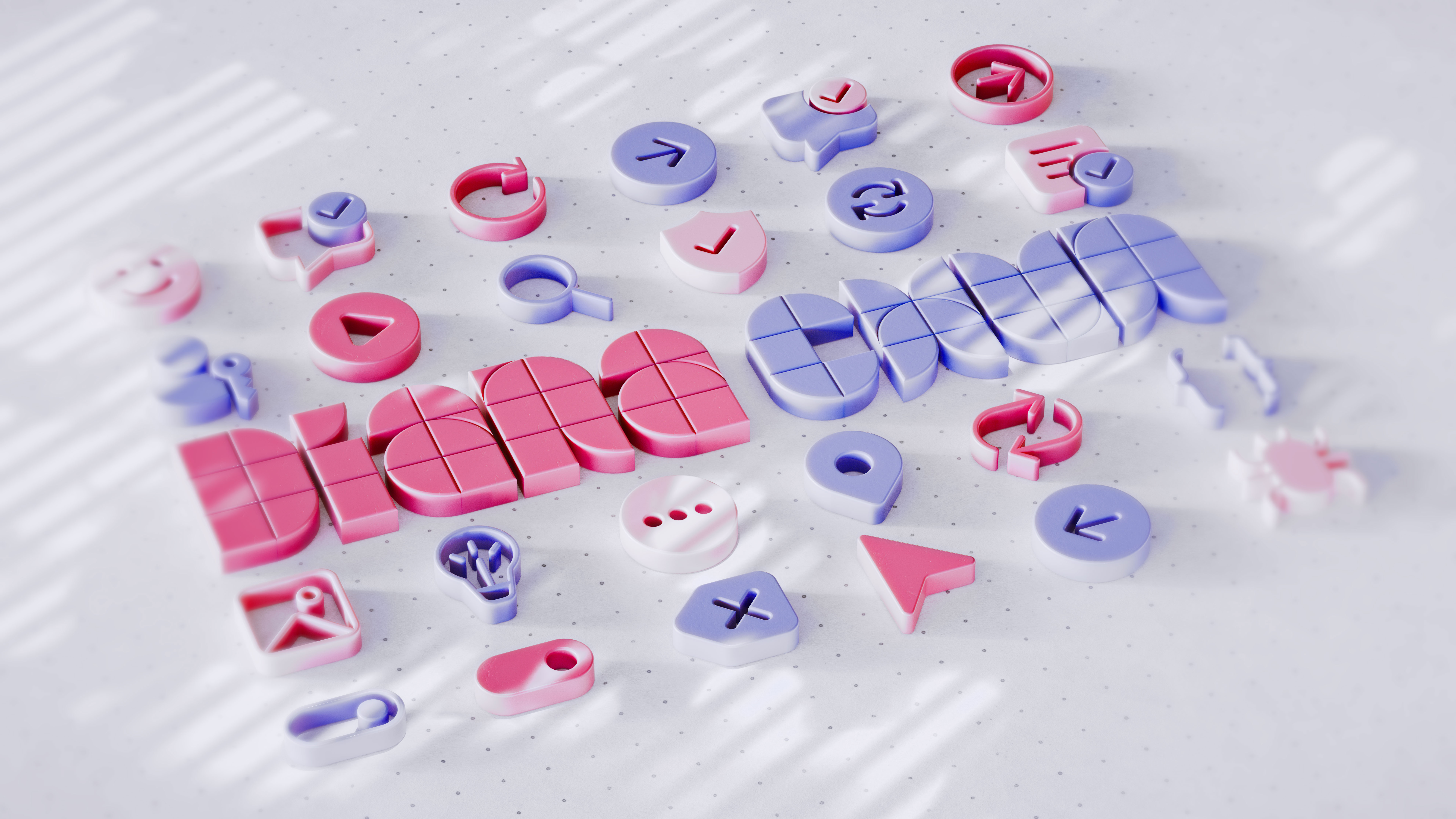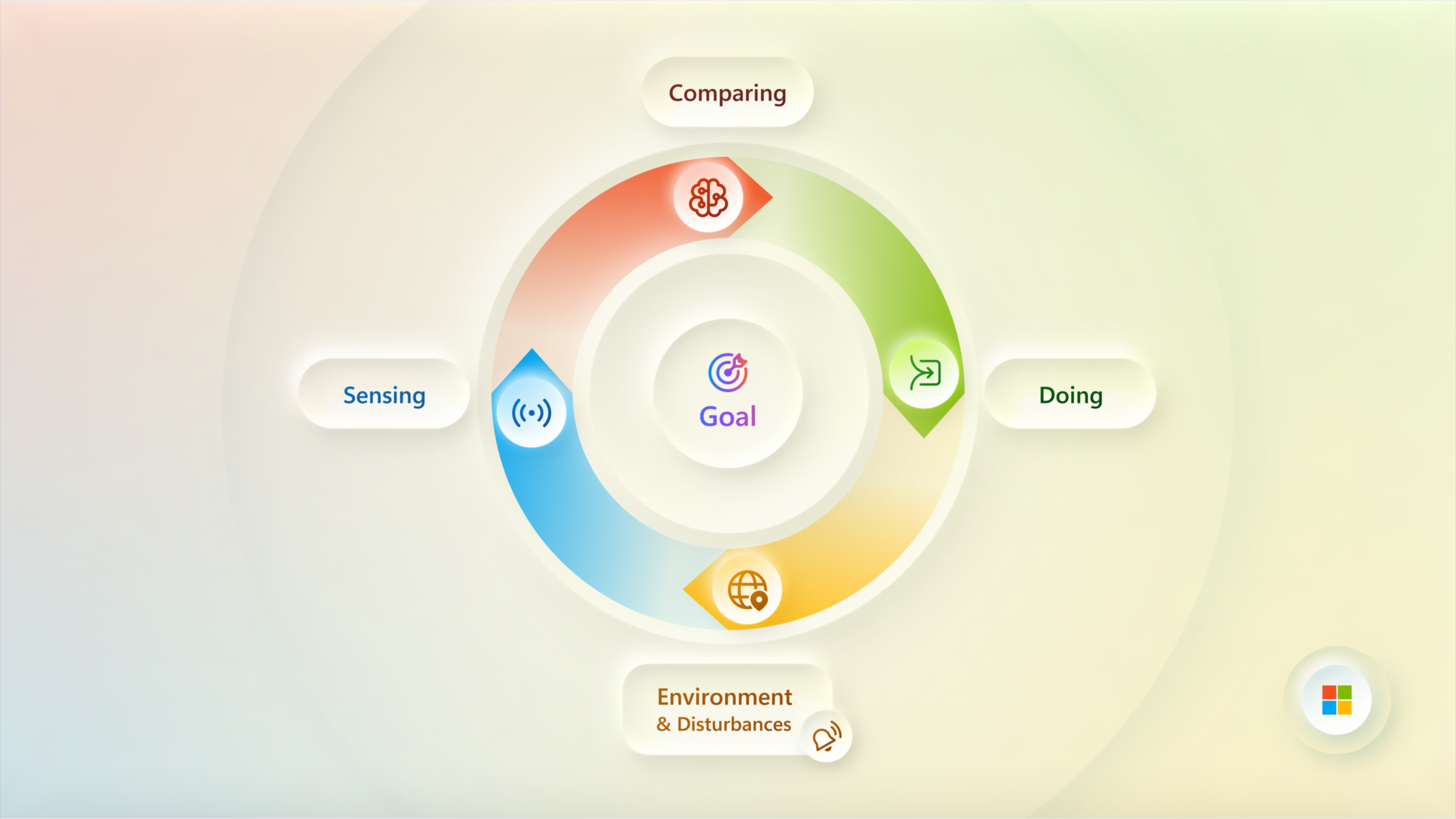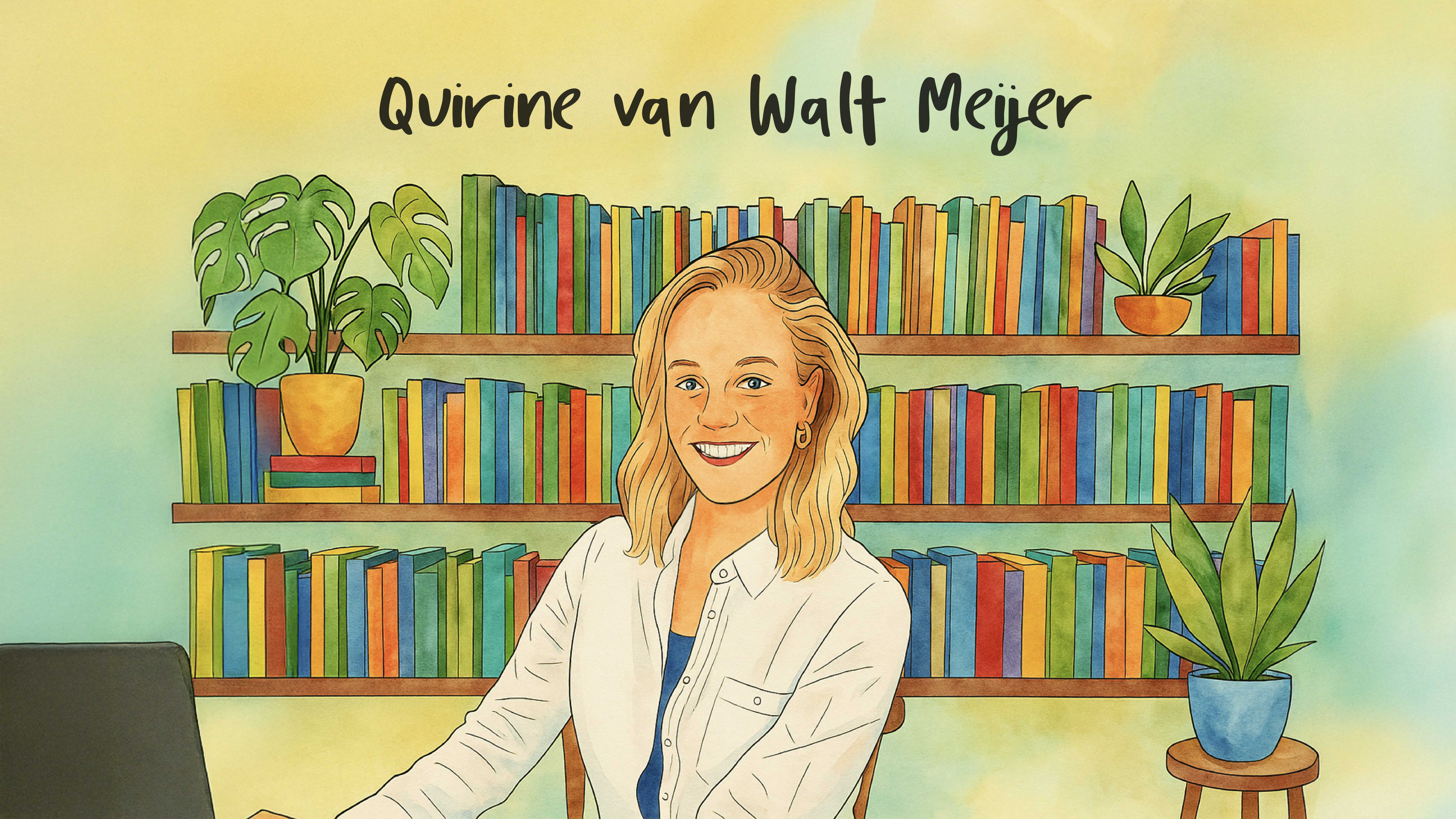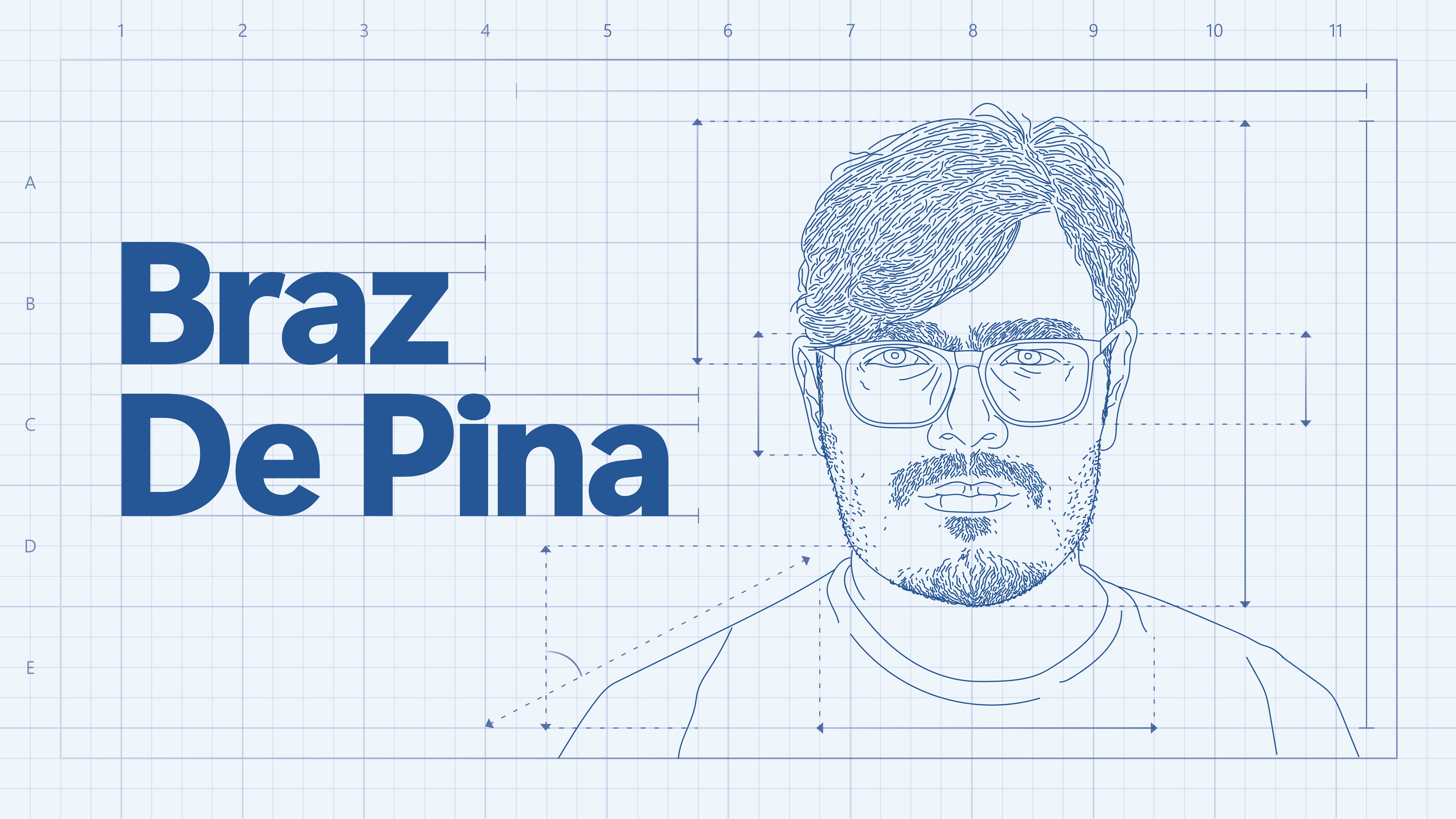Unsolicited advice to my younger designer self
What I wish I’d known starting out as a designer in big tech.

Last summer was my 3rd year working as a product designer in Microsoft. Before Microsoft, I worked as a graphic designer across a variety of different companies and thus, came in with some expectations of how long it would take me to become an “expert at my job”. I could not have been more wrong. Even till today, I am constantly learning more about our ever-evolving organization and being presented with opportunities that challenge me to grow as a designer. I realized that the goal was not necessary to become an “expert at my job”, but rather to feel comfortable and confident in my role while driving positive impact.
Getting onboarded to a company is like learning how to read a map. If you work at a smaller company, you may work with a smaller map. There are limited destinations and a limited number of paths you can take to get from point A to point B. However, working at a large enterprise like Microsoft presents you with hundreds of maps that can be challenging to make sense of and connect the dots.

Amidst the overwhelming information, you may feel small and insignificant. I know I did. As a junior designer at a giant company, your first few projects may be tightly scoped and sometimes tedious. On top of that, you may often be tasked with last-minute requests when a project needs an extra pair of hands. Experiencing all of this was frustrating at times, and I constantly wondered how I could be creating more impact. Reflecting on the past three years, here are three pieces of advice I wish I could have given my younger self.

Understand how decisions are made
In a giant tech company, standardized design processes can be far and few. With multiple different projects across so many different collaborators, how each project is run can vary tremendously. To produce meaningful work, it is crucial to understand how decisions are made.
A lot of my projects follow the double-diamond model. In the double diamond model, the outline of the diamonds is viewed as decision points. How wide are we going to explore? When are we going to start converging? How fast are we converging? Answers to these questions shape the boundary of the double diamond. I started observing these boundary defining moments as my projects unfolded and made notes of the ‘why and how’ this happened. Was it a research insight? Business reasons? Was the decision made through just one enlightening moment, one comment in the meeting? Who was involved?

I came to realize that it is not always the highest ranking individual or leader who makes that small but boundary-defining decision, but rather someone who has the domain knowledge, did their homework, or is simply a great consensus gatherer. Getting to know these individuals and having them advocate for your design decisions is extremely valuable. In addition, studying and observing how these individuals influence a room can be informative of what your audience values.
Honing your fluency in decision-making can significantly increase your potential impact. Often, certain seeds are planted towards making important project decisions. Is it the research insights that people are nodding or reacting to? Or a key metric that we should prioritize over others? Taking note of how these seeds are planted will provide you with a better understanding of how a project may flourish, no matter the complexity. As your project scope gets larger and complicated, you can continue to look for those moments to strategically diverge in insightful ways and drive convergence towards the best design outcome.

Communicate meaningfully in hybrid collaboration
When I started at Microsoft as the first-ever pandemic intern cohort, the biggest challenge of communicating effectively as a newcomer was knowing my audience. Working at a giant company on a horizontal project that involved multiple teams, I often was unclear about people’s roles and priorities. This lack of clarity resulted in my design sharings not resonating as deeply as I would have liked. Couple this with the challenges of a virtual setting and not being able to leverage the body language or energy of the room to gauge engagement, and I found myself losing my audience’s attention and buy-in. I realized I needed to understand what makes a good communicator to effectively thrive in this new way of working.
Don’t just hear. Listen.
There is a saying that goes “The difference between hearing and listening is paying attention”. Listening is the first step to any good communication. And a hack to becoming a better listener in any discussion, but especially in a virtual discussion, is to take notes. Get in the habit of jotting down the twists and turns of the discussion. Take notes on how and what decisions are made, who makes those decisions and other context cues that lead to team consensus. This is even easier these days with features like Teams meeting recap or Copilot.
Understand what motivates your audience
At the beginning of my career, I was always in awe of how share-outs from senior designers got great positive reactions. It felt like they just knew what to say, how to say it, and who to say it to. With experience over the years, I have pulled back the curtains and learnt that a lot of work goes behind great communication.

Listening to others, gathering and aligning on a solution with partners before the presentation are just some of the many actions one can take to ensure everyone is onboard and rooting for you. Being able to connect with different audiences by reframing your design ideas is what capable communicators are great at. Design leaders may be more invested in the user problem, Product Managers may be interested in the timeline of execution, and engineers may require metrics and data before they are bought in. Understanding what motivates your audience is key to landing your ideas. I sometimes even join other meetings with similar audiences to see how they would react to different presentation styles. Do whatever you can do to learn about your audience’s expertise and interests so you can cater your share-out to be most relevant to them.
Ground yourself in a larger purpose
Upon graduation, I had big dreams of contributing to society with grand designs. Thus, working on a tiny portion of such a giant ecosystem was both overwhelming and disorienting. The risk of being consistently in this state is that one can easily burn out and lose excitement for their work. So how does one stay motivated?
I tried many ways to think about my impact in this vast system. I told myself that the project I was working on wasn’t small. That it is something that millions of people will see and experience and that I am growing my skillsets each day. But the most effective and sustainable strategy for me was proactively seeking a bigger purpose related to the work I was doing.

My first project was working on a set of illustrations for new privacy screens. It was a tightly scoped and small project. To be more fluent in the security space, I read up on some of the news and literature around digital privacy. Turns out, our society was also new to digital data privacy, especially as we jumped into the era of AI, social media and ads, and hyper-personalization. Knowing this, I used illustration as my gateway to ponder how people thought about privacy, and the metaphors around it, simplifying the complexity of data sharing and consent. As I fell in love thinking about privacy in tech, my small project did not feel small anymore.
I shared my keen interest in continuing to design in the privacy space with my manager. At the same time, to show my proficiency and interest, I actively shared relevant knowledge I was acquiring through my own research in our meetings. This led to my eventual placement on a larger privacy project, generating greater fulfillment in my work.
Proactively grounding one’s project in a larger purpose gives you a sense of control over the sources of your motivation and interest. Even though every project comes with its own business goals and success metrics, creating your own success metrics that are rooted in the bigger picture can be empowering to constantly guide you in the ‘why’ around your work.

While some things are beyond our control in the Microsoft community, as junior designers, we should focus on what we can influence. Understanding how decisions are made, communicating meaningfully, and keeping your eyes on the bigger picture are just some of the many valuable skills I have learnt over the year that have helped drive me towards success. Use your unique skills to help team members and customers achieve more. Be courageous in charting your own path forward. Do not aim to be an expert. Rather, stay curious all the time, learning and growing each day. I hope you find fulfillment in the work you embark on and thrive in your design career ahead of you!

Designing loops, not paths
How cybernetic loops are helping us turn “human in the loop” from a catchphrase into a design practice

Vibe coding makes prototyping close to code, closer to users
Meet Quirine, a computational design manager exploring how AI reshapes the way her team builds and test ideas

Breaking the mold: Braz de Pina on the evolution of creativity and design in this AI era
Meet Braz De Pina, a Principal Product Designer for Microsoft’s Experience Collective Horizontal Design Studio
